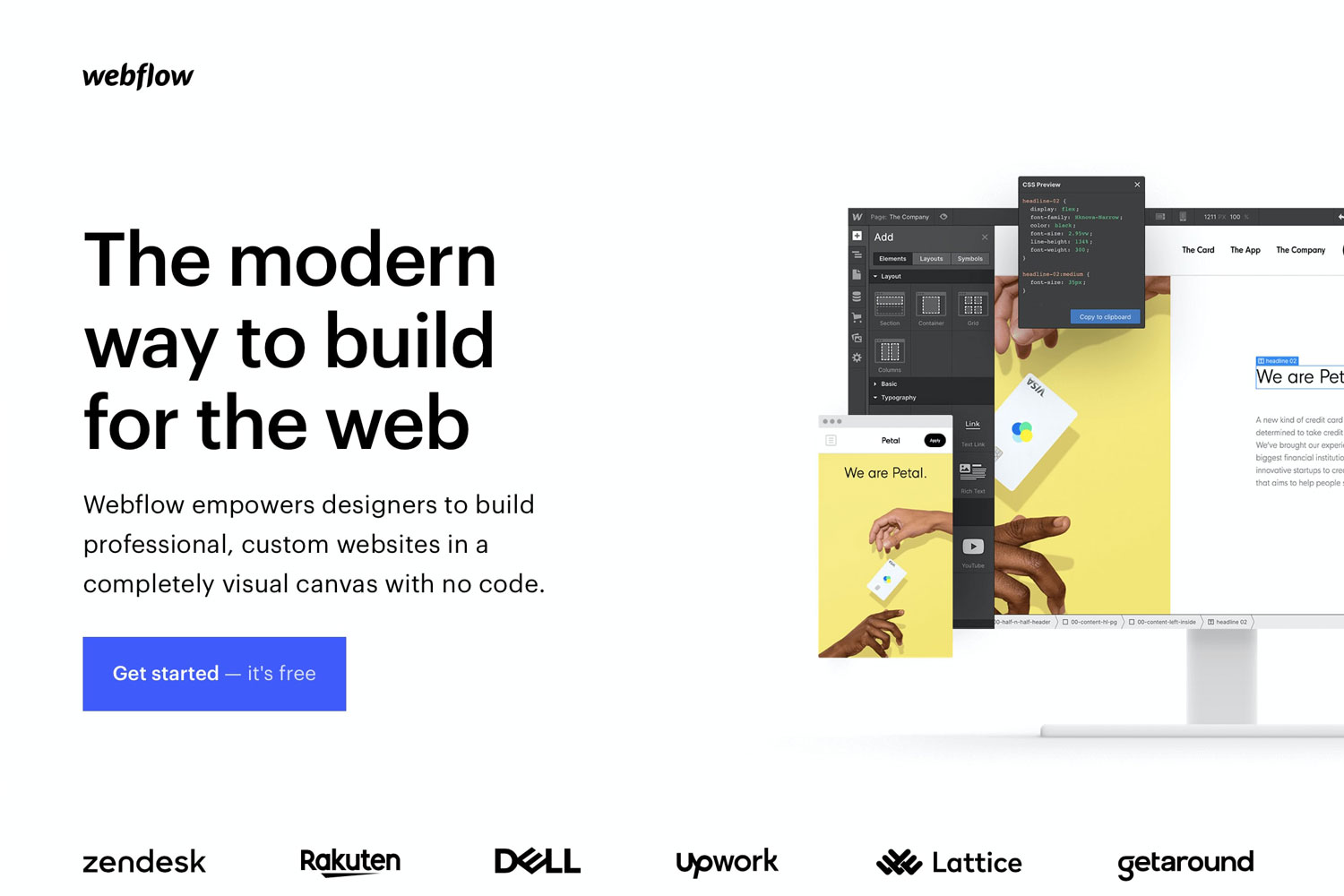In today’s digital age, website security is more important than ever before. With an increasing number of cyber threats and attacks, it’s crucial to ensure that your website is secure. This is especially true for Webflow websites, as they are vulnerable to many of the same security risks as other websites. In this blog post, we’ll explore the importance of website security for Webflow websites and provide tips on how to ensure your site is secure.
Why Website Security is Important for Webflow Websites
Webflow is a popular website builder that offers a range of features and customization options. However, like any website, Webflow sites are vulnerable to cyber threats and attacks. Hackers can exploit vulnerabilities in your site’s code or steal sensitive information from your users. These threats can have serious consequences for your business, including financial losses, legal liabilities, and damage to your reputation.
In addition, website security is crucial for maintaining the trust and confidence of your website visitors. If your site is not secure, users may be hesitant to share their personal information or make purchases on your site. This can negatively impact your conversion rates and ultimately harm your bottom line.
Threats to Webflow Websites
There are many types of cyber threats and attacks that can target Webflow websites. Here are a few of the most common:
- Malware: Malware is software designed to harm your website or steal sensitive information. Malware can be installed on your site through phishing scams or by exploiting vulnerabilities in your site’s code.
- DDoS Attacks: Distributed Denial of Service (DDoS) attacks are designed to overwhelm your site with traffic, causing it to crash. These attacks can be difficult to defend against and can cause significant damage to your site’s uptime and user experience.
- Brute Force Attacks: Brute force attacks are designed to guess your site’s login credentials by trying multiple combinations of usernames and passwords. This can allow hackers to gain access to your site and steal sensitive information.
How to Ensure Website Security for Webflow Websites
To ensure your Webflow website is secure, there are several best practices you should follow. Here are a few tips to get you started:
- Keep Your Site Up to Date: Regularly update your site’s software and plugins to ensure they are free from vulnerabilities.
- Use Strong Passwords: Use unique, complex passwords for your site’s login credentials and encourage your users to do the same.
- Enable Two-Factor Authentication: Enable two-factor authentication to add an extra layer of security to your site’s login process.
- Use SSL Certificates: SSL certificates encrypt the data transmitted between your site and your users’ browsers, protecting sensitive information from hackers.
- Use a Web Application Firewall: A web application firewall can help protect your site from DDoS attacks and other types of cyber threats.
Conclusion
Website security is crucial for any website, but it’s especially important for Webflow websites. By following best practices and taking steps to ensure your site is secure, you can protect your business and your users from cyber threats and attacks. At Webyant, we offer website security services to help you keep your site safe and secure. Contact us today to learn more.



